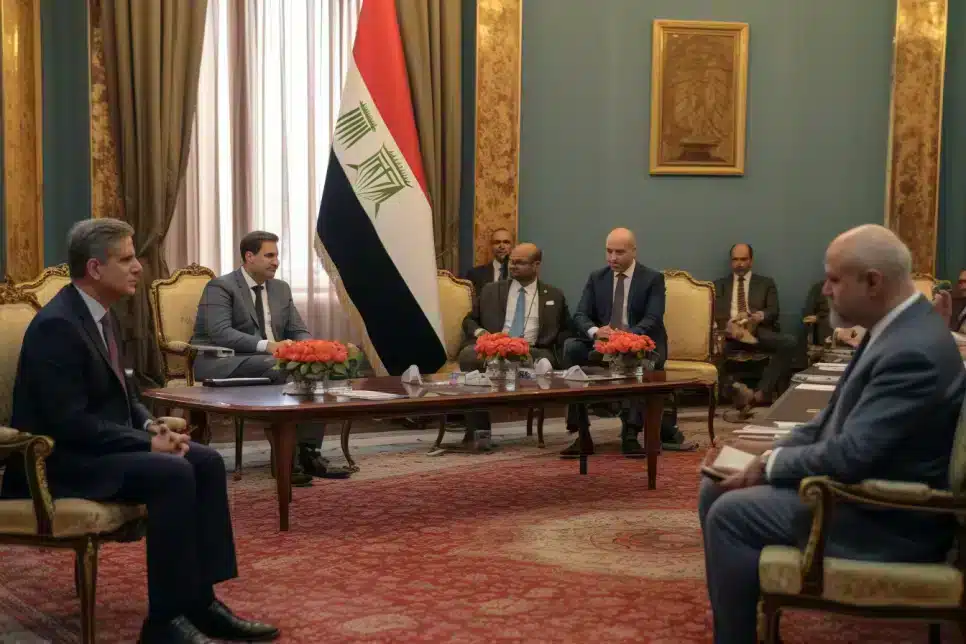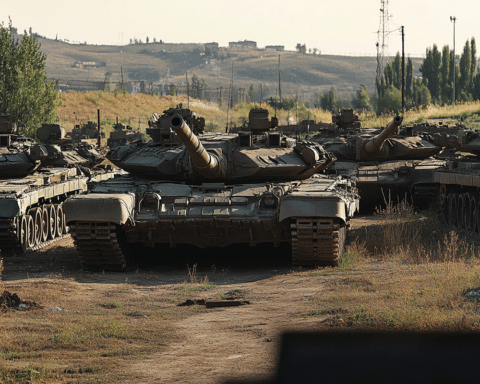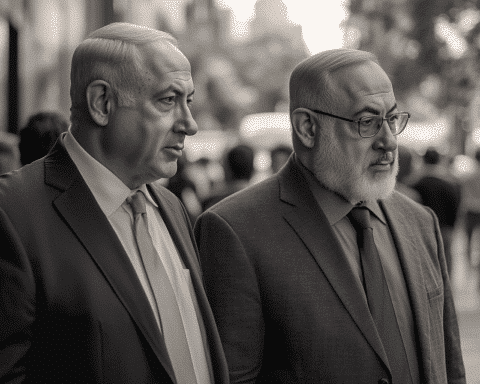In a crucial diplomatic move, U.S. Secretary of State Antony Blinken intensified his Middle East tour, engaging in pivotal discussions with Egyptian leaders to broker a cease-fire between Israel and Hamas, contingent upon the release of hostages. Amidst the escalating Israel-Hamas conflict, Blinken’s visit is particularly significant as it coincides with Egypt’s growing apprehensions regarding Israel’s plans to extend combat operations to Gaza’s border regions, heavily populated with displaced Palestinians.
The backdrop of these discussions is marked by Israel’s Defense Minister’s declaration of extending military offensives to Rafah, a town on the Egyptian border. This area has become a makeshift refuge for over half of Gaza’s 2.3 million populace, now enduring dire conditions. The U.N. humanitarian monitors have highlighted the exacerbating crisis, with Israeli evacuation directives now encompassing two-thirds of Gaza, propelling thousands towards the border daily.
Egypt’s stern warning about the potential breach of the historic peace treaty with Israel underscores the gravity of the situation. The prospect of combat extending to Rafah raises alarms over a possible influx of distressed Palestinian civilians into Egypt, a scenario Egypt is keen to avert. Blinken, in his meetings, including one with Egyptian President Abdel-Fattah el-Sissi, emphasized that the displacement of Palestinians from Gaza is unacceptable.
During his tour, Blinken’s agenda included securing a cease-fire, fostering normalization between Israel and Saudi Arabia, and curbing the escalation of regional conflict. These objectives face formidable hurdles, with pronounced discord between Hamas and Israel on truce terms, Israel’s rebuttal to U.S. advocacy for a Palestinian state, and the unyielded stance of Iran’s regional allies.
Egypt, alongside Qatar, is mediating a potential agreement between Israel and Hamas for a hostage release in exchange for a temporary halt in Israeli military actions. This proposed deal, shaped by the intelligence heads of the U.S., Egypt, Qatar, and Israel, awaits Hamas’ formal response.
Blinken’s engagements extend beyond Cairo to Doha and then to Israel, where he will update Prime Minister Benjamin Netanyahu on the Arab leaders’ insights. Amidst his fifth visit to the Middle East since the Gaza conflict’s onset, Blinken’s paramount objective remains to prevent the conflict’s spread, challenged by increasing regional attacks by Iran-backed militias and the U.S.’s intensified military responses.
In a recent meeting with Saudi Crown Prince Mohammed bin Salman, discussions revolved around humanitarian needs in Gaza and the broader vision of a region marked by integration and prosperity. However, the path to a grand bargain seems distant as the Gaza war persists, with the Palestinian death toll mounting and the humanitarian crisis deepening.
The enduring conflict has decimated vast areas of Gaza, pushing a significant portion of its residents to the brink of starvation. Despite the grim scenario, Israel remains steadfast in its resolve to dismantle Hamas’ military and governance capabilities and secure the release of hostages.
As Blinken continues his diplomatic endeavours, the Middle East stands at a critical juncture, with the potential for a cease-fire-for-hostages deal offering a glimmer of hope amidst the ongoing turmoil. The international community watches closely, hopeful for a resolution that brings peace to the region and relief to its beleaguered inhabitants.




